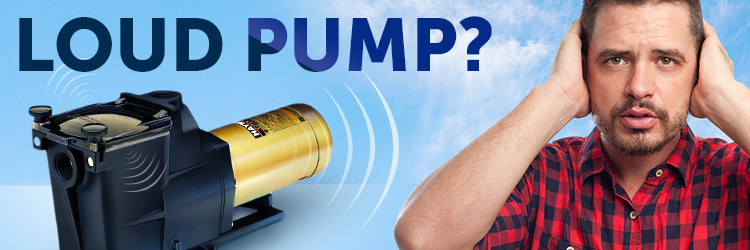Pump Troubleshooting
Troubleshooting your pump problems
1. Why won’t my motor start?
Start with the obvious. First of all check for electricity supply and look for a blown fuse or a tripped circuit breaker. If the problem is intermittent, it could be dirty or corroded fuse receptacles. Next, check the voltage at the contact points for the pressure switch. Debris or corrosion can cause irregular voltage and pump will not start then.2. Why does my motor run continuously or keeps on purring and not shutting down?

A leak in your system will cause both of these issues. Replace any leaking or damaged pipes and check the water level to make sure that your pump hasn’t exceeded the well capacity. A faulty pressure switch will also cause the motor stay on or cycle too fast. Double-check the settings, and clean the contacts. A motor that never shuts off can also indicate that your pump screen is blocked or that your check valve is stuck. Inspect both.
3. Why does the overload protector keep tripping?
Do you have the overload protectors in direct sunlight? That’s enough heat to cause them to trip. Shade or ventilate the box. If you’re on a construction site and using temporary power, your pump might be drawing incorrect voltage. Check the line terminals to determine if this is the source of the problem.4. Pump is not giving out less water/liquid through the pump system, why?
Your check valve may have failed, or it’s been installed incorrectly. If neither of those are the cause, your pump may simply be air bound. Or, it might be bound by something that’s been caught in the impeller. A sight inspection can give you the answer. Proper placement is necessary for optimal pumping operation. An insufficient water flow might indicate that your pump isn’t fully submerged, or that your lift requirement is too high.5. Why is my pump making too much /excessive noise?

This may be something as easy to fix as checking all the valves in line to the pump. Something may have changed the flow. This will drop the head pressure. Most pump noise is cause by cavitation. Your pump is causing or reacting to bubbles that are formed in the water being moved. The noise is accompanied by a loss of pump efficiency. Check the alignment between the driver and pump. Cavitation may also be caused by the characteristics of the water itself, and it may be necessary to adjust the pump to compensate for viscosity.
6. When is the right time to replace a pump?
The value of submersible pumps is that they have sealed motors that are close-coupled to the pump body. They push water to the surface, and they’re more efficient than ground-level pumps. Their simple design also means that they are easy to maintain. But they can’t run forever. If your pump isn’t working, it could require more than a quick fix. Pumps wear out and need to be replaced depending on their daily usage. Usually, our Ellen pumps need replacement in 5-7 years but with good and frequent maintenance they may run longer.7. Why will my pump not prime after 3 minutes?
There are many reasons why pumps won't prime after three minutes- • Pump housing not filled with water. Fill pump housing with water. • Static suction head too high. Lower the pump closer to the water. • Suction hose too long. Reduce suction hose length. • Leaking suction hose. Repair hose or repair coupler seal. • Strainer plugged. Clean strainer. To eliminate debris collecting around the strainer, set the strainer in a submerged bucket.



